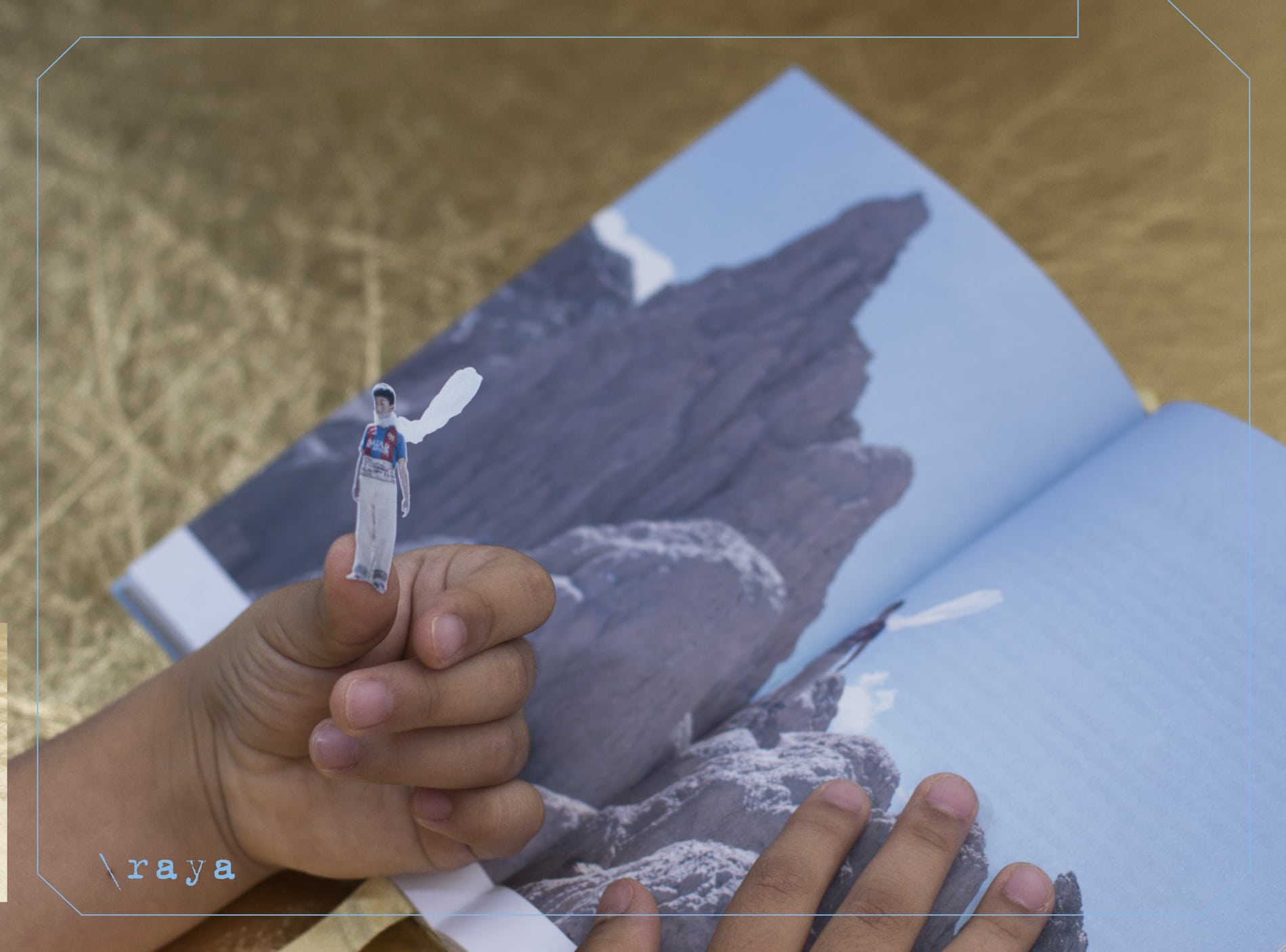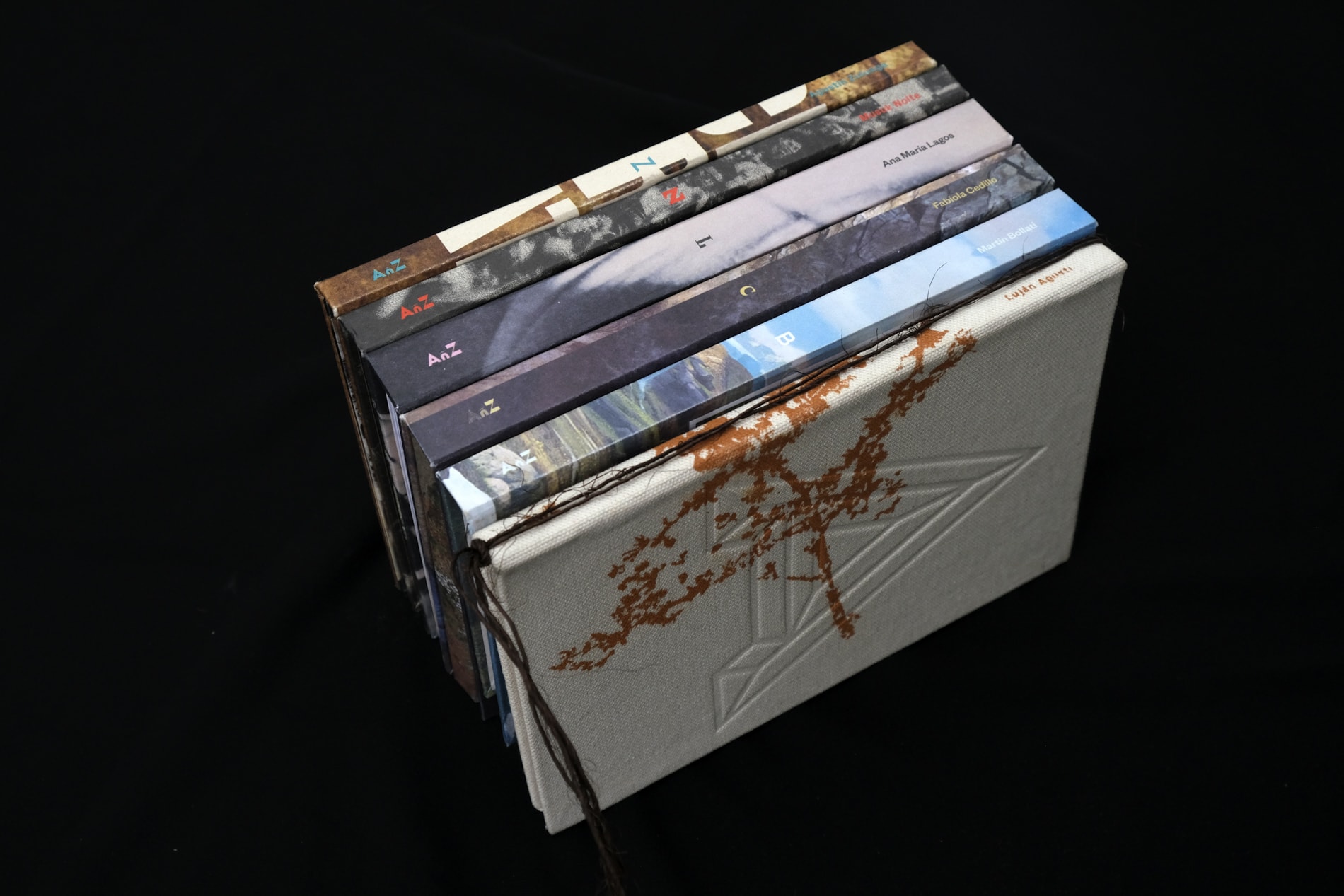
Expanded photography is here to stay
Santiago Escobar Jaramillo has dedicated his life to observing and dialoguing with others. First as a photographer. Now, as an editor. While talking to Vist Project, he shows one by one the books from the collection that he edits and publishes in Raya Editorial. He touches them, turns them over, explores them as if every time it was the first. For him, curating is a form of language expansion, a conversation with other authors.
As a photographer, he says, sometimes it was difficult for him to “place” his work. It wasn’t entirely documentary. It was not entirely “for a gallery.” Until he discovered that he was not the only one he created that way, hybrid. Thus, he began to think collectively. In the current collection that he edits (AñZ – Expanded Photography of Latin America) are the works of Musuk Nolte, Luján Agusti, Agustín Zuluaga, Martín Bollati, River Claude, Ana María Lagos. Santiago asks questions about the region. There will be 27 volumes: from A to Z. There he explores the idea of “expanded photography”.
A kind of “hybridization, transdisciplinarity, fragmentation and constant resignification” of photographic practices. For him, it is about taking the documentary to the limit of language: conceptual photography, participatory actions, performances, transmedia narratives, experimental processes, social networks, Internet, clouds…
Santiago is an architect from the National University of Colombia, has a Master’s degree in Photography and Urban Cultures from the University of London, and has done projects in Europe, Africa, Asia, the United States, and South America. He made more than 80 solo and group exhibitions and has participated in festivals in Istanbul, Venice, Lima, Paraty, Valparaíso, San José, San Salvador, Querétaro, London, and Beijing.
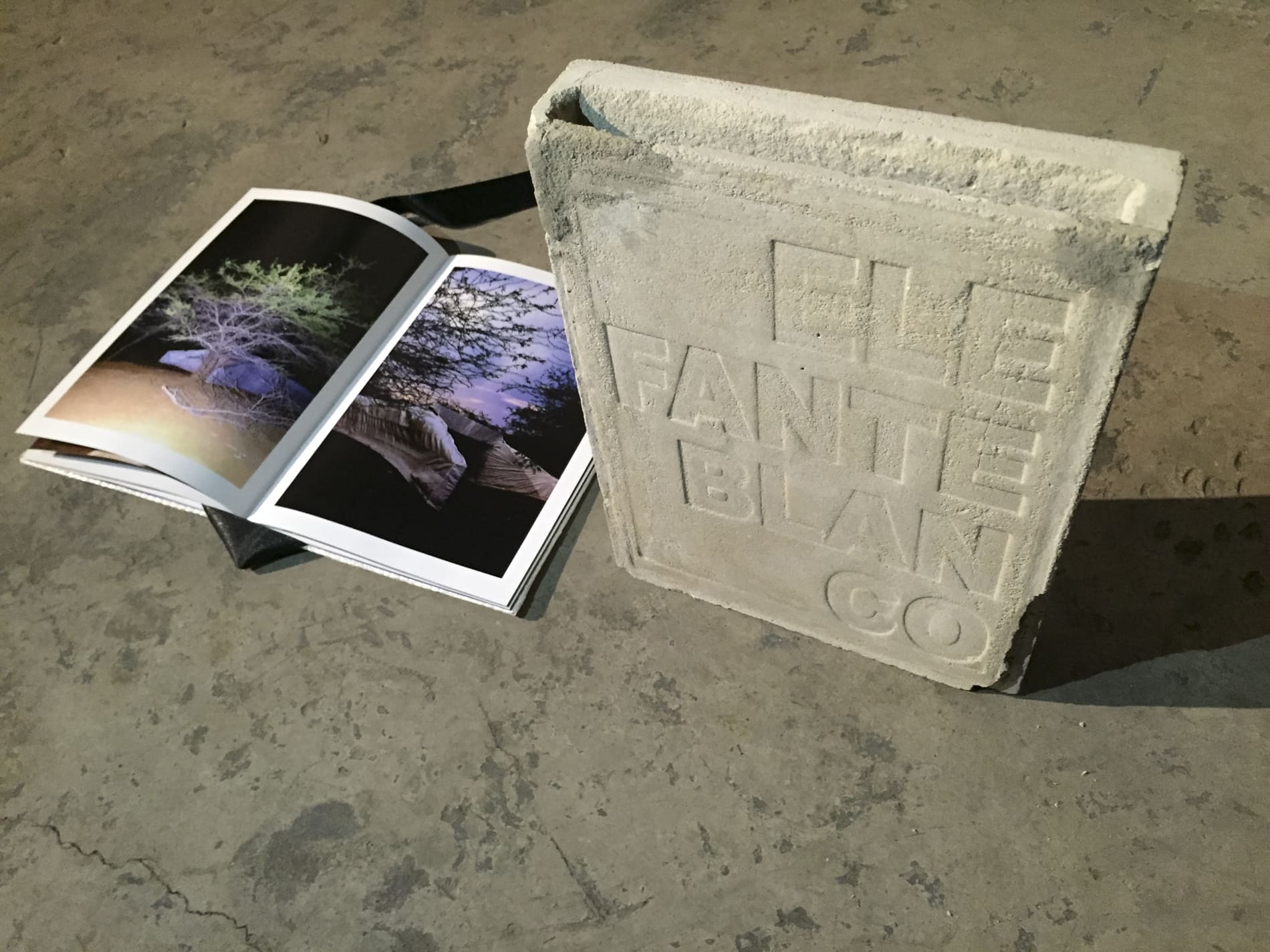
How was that journey between the roles of photographer and editor?
The first thing I did was Elefante Blanco, a book that I edited for an exhibition. It encouraged me to get more into the world of the photobook, where images are the ones that carry the narrative weight. Then came Lucía, and Patria o Muerte, it was the winner of the FELIFA.
I also made another, the product of ten years of work, called Colombia, tierra de luz. It is edited by booklets and each one is a project within a larger one. This universe of books led me to believe that, suddenly, publishing was something that interested me and put me in conversation with other authors. They began to invite me to edit other photobooks in Colombia and then I came to Warawar Wawa (“son of the stars” in Aymara), River Claure’s first book. He invited me as editor, that’s how Raya Editorial was born.
At the same time, we started the collection «AñZ – Expanded Photography of Latin America», a project carried out by Raya Editorial and Matiz TAller Editorial, a printing company in Manizales. They are partners in printing, editing, and design and I am in charge of the research, the editing, the interviews with the authors…
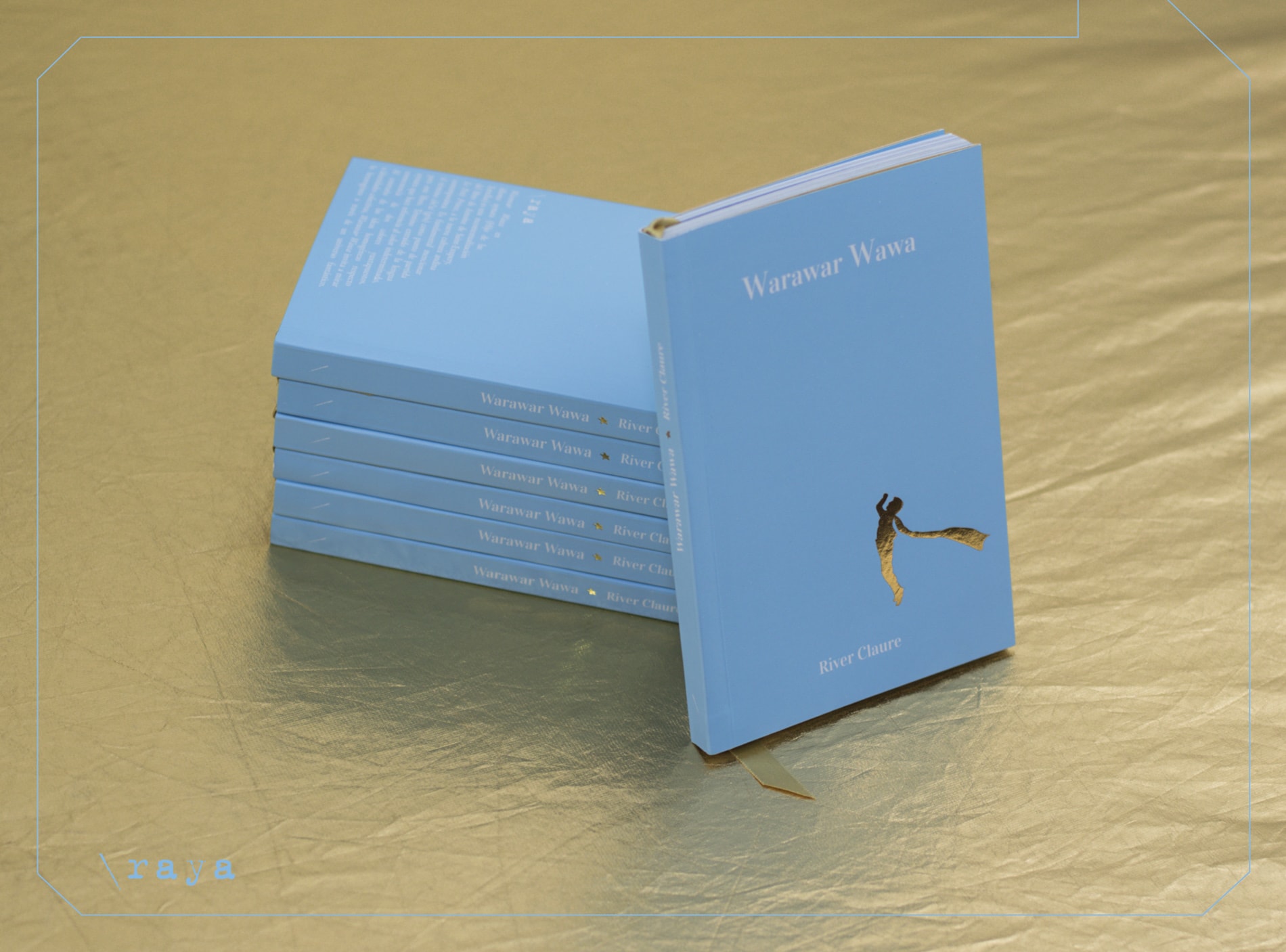
How did the idea of ‘expanded photography’ appear?
Each of the books is a container that stores the different works and seeks an idea of connection, a concept of unity. Same resources for all. What changes, finally, is how the play unfolds. The letters on the cover change and the container will always be fixed. Each container brings a theoretical component where there is a presentation, a profile of the authors, a conversation that I have with the authors in which we talk about the project, the method, the photo, the context, life, work. There it already begins to touch on the issue of expanded photography.
I will read you a bit of the manifesto: “AñZ investigates expanded photography whose fundamental characteristic is hybridization, transdisciplinarity, fragmentation and constant resignification on the practical, aesthetic and symbolic plane of photographic practices.”
With ‘expanded’ we mean that we are interested in everything that is not defined in the photo and that goes more in the cognition and conversation with other practices: either from the investigation, from the method, from the production or staging itself, from how it is shown, how it is done.
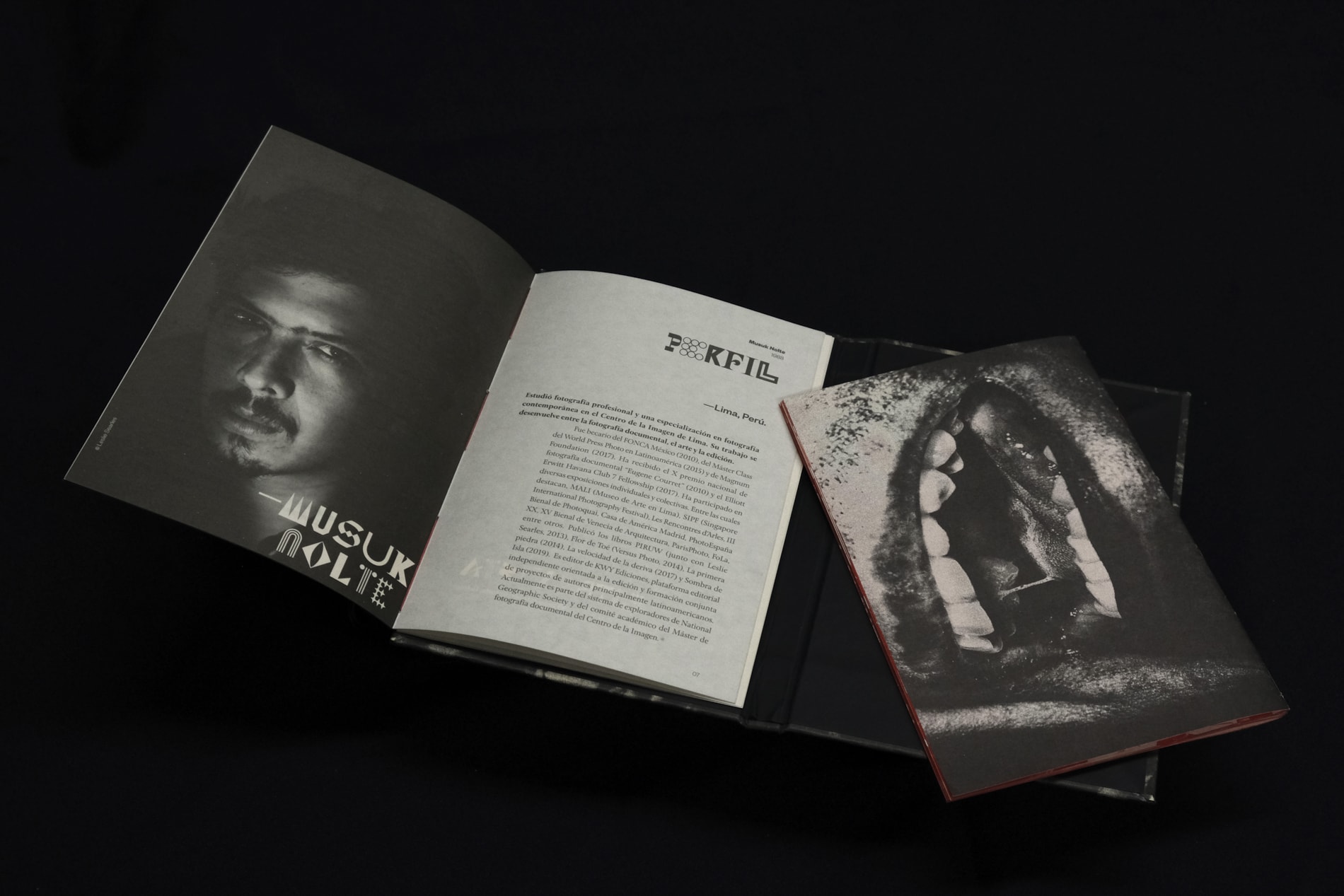
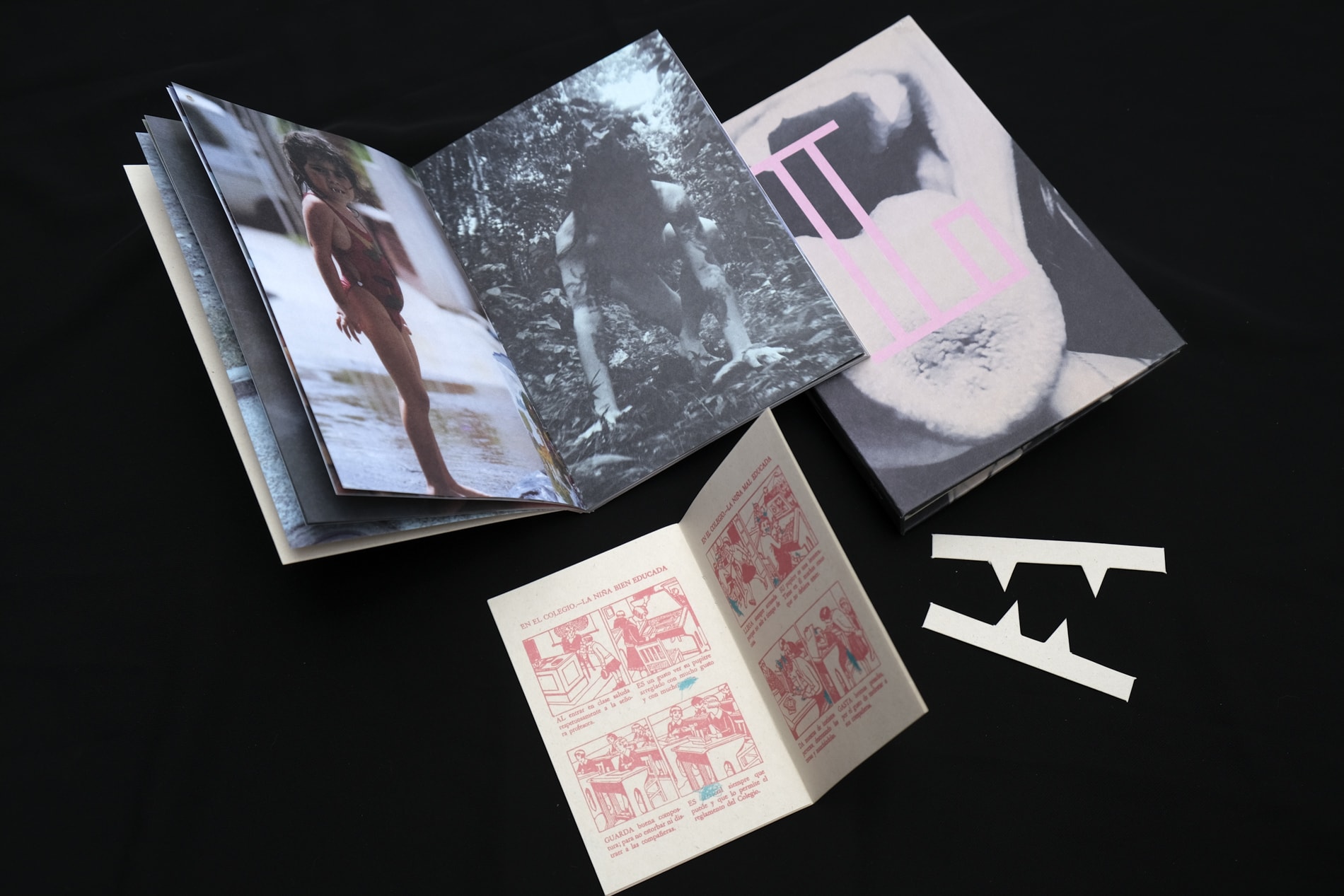
How did the search for the collective come about?
It was a question I had many years ago while doing all the books. I have done work with victims of violence and not exactly documentary work. It was a participatory project where families and victims use light and build objects, intervene in space.
The same with Lucia, thinking on the archive. I intervened the archive as a conversation with Lucía about the role of women in these beauty contests and more so in Colombia, where drug trafficking leads to the intervention of all bodies not only from silicone but also from power.
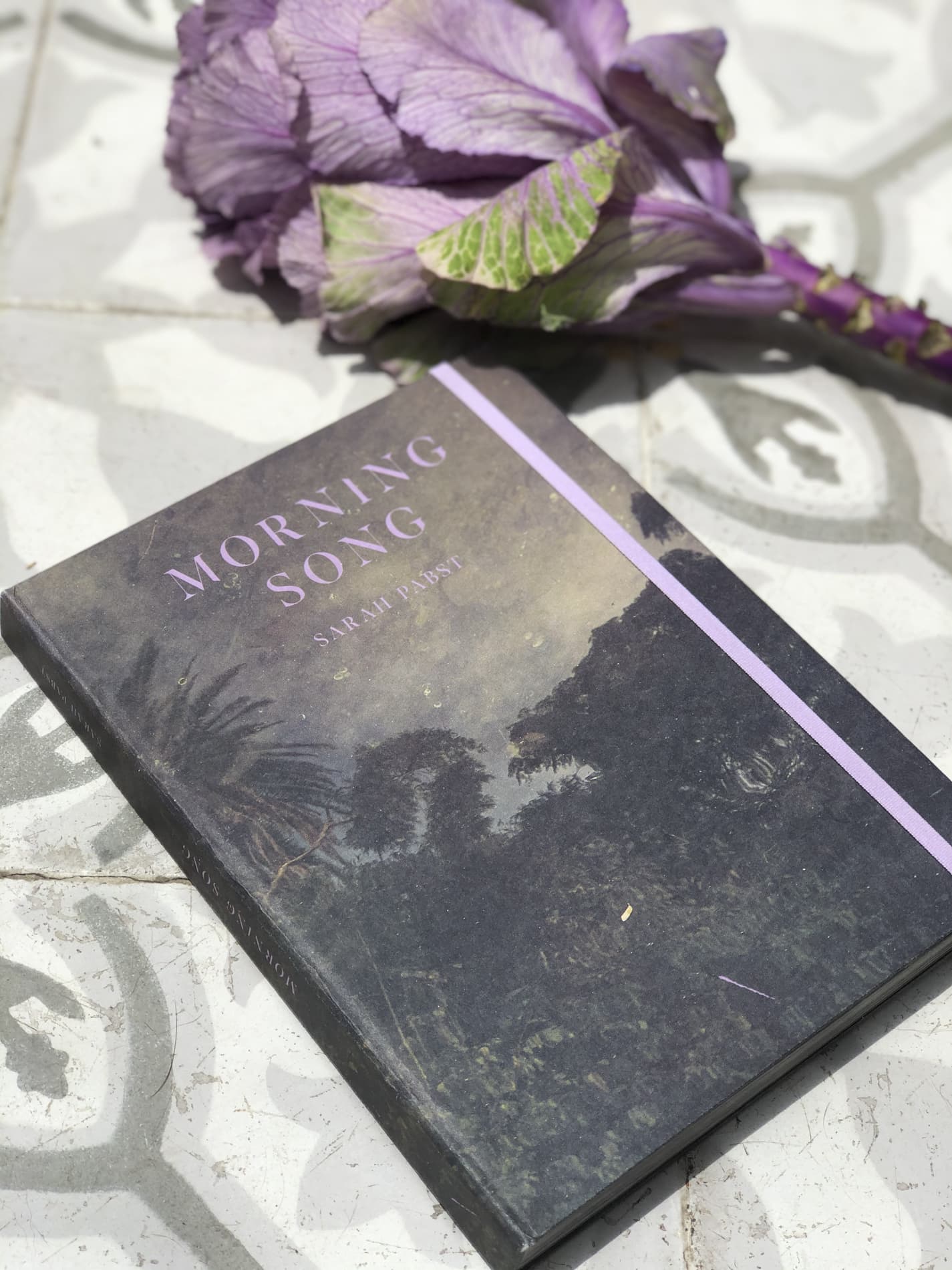
This type of work is not necessarily classic or documentary photojournalism but has a bit of everything. It was hard for me to understand where my work was as well: The newspapers did not publish me because it was not journalism, nor was it for galleries. It was like a hybrid. Then I began to realize that I was no longer alone in this. More people were doing this kind of things, but I didn’t see a space for us. Hence the idea was born.
For me, it is an opportunity to know the universe of the authors. Understanding that I have also worked from there. Create my universe, my work, with fears, risks, bets… In some way, one is a traveling companion. Because a book brings a lot of uncertainty, time, money, effort, and emotional charge. It is a great step in an author’s life.
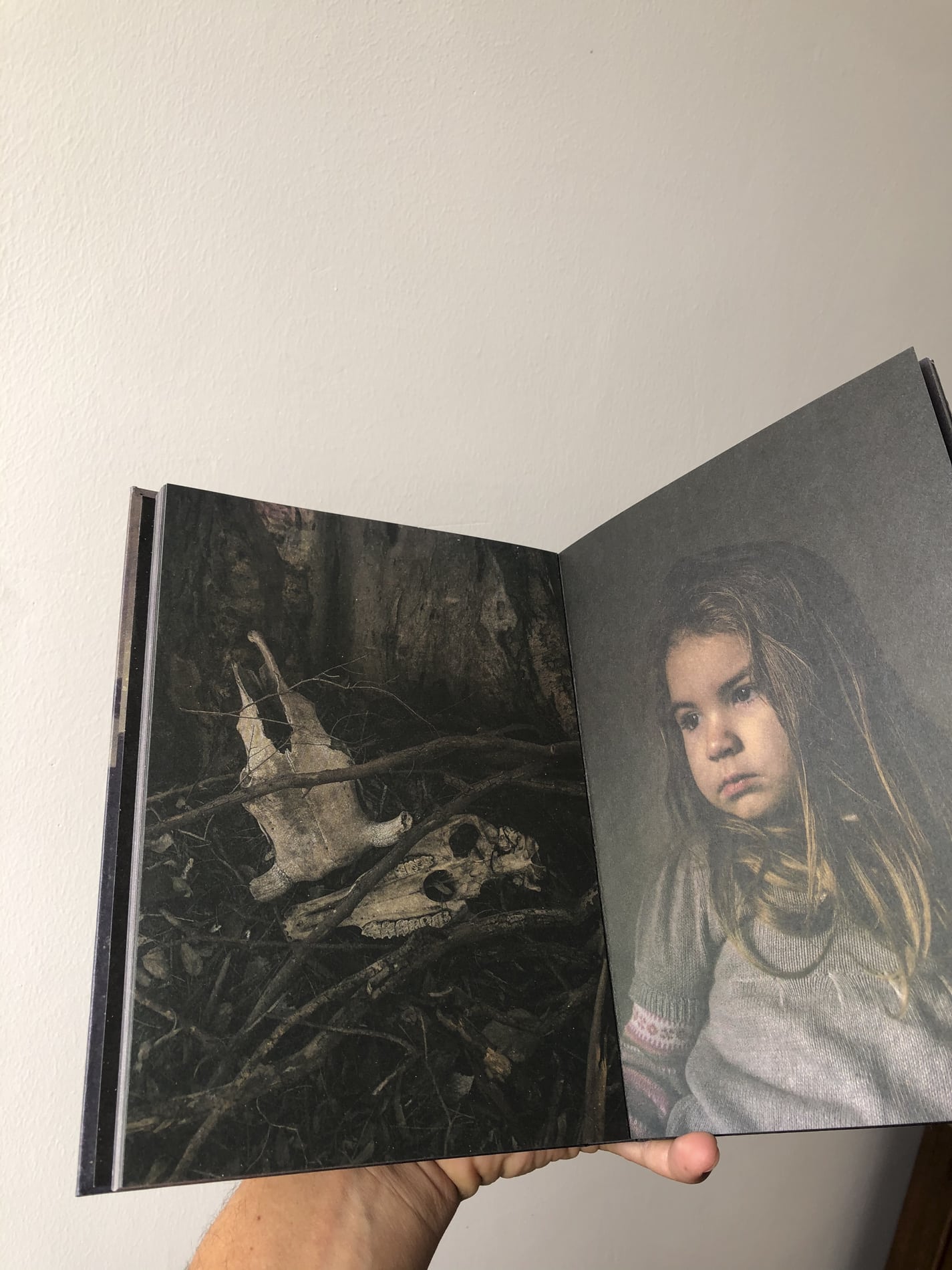
You can see a specific search in the selection of authors, people whose views are very particular…
Yes, all the authors that I am working with for me are reflections of a movement that does not want to be in a single category. They are not just photographers: they are teachers, editors, they participate in collectives, they do performances. For example, Ana María Lagos performs all the time with her body, sings, or dances. So, in that sense, they are acting beyond the photo.
There will be 27 volumes: from A to Z. It is a Latin American look from southern Patagonia to the north. It is a diverse reflection, not only different themes also different geographies, different places, languages, accents, but also different people photographing. The goal is for there to be diverse in every sense of the word so that in the end it is a small X-ray of what we are as Latin America.
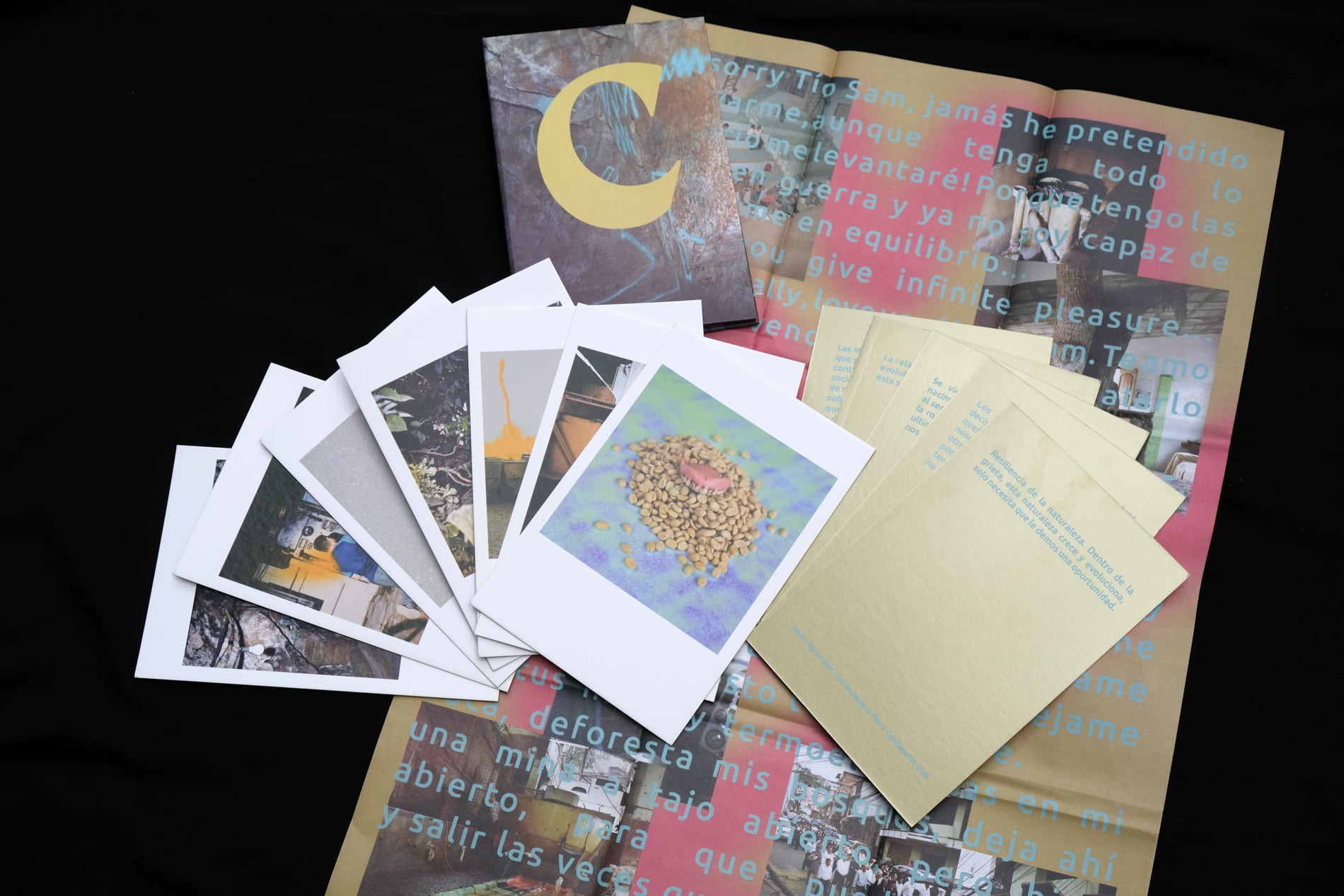
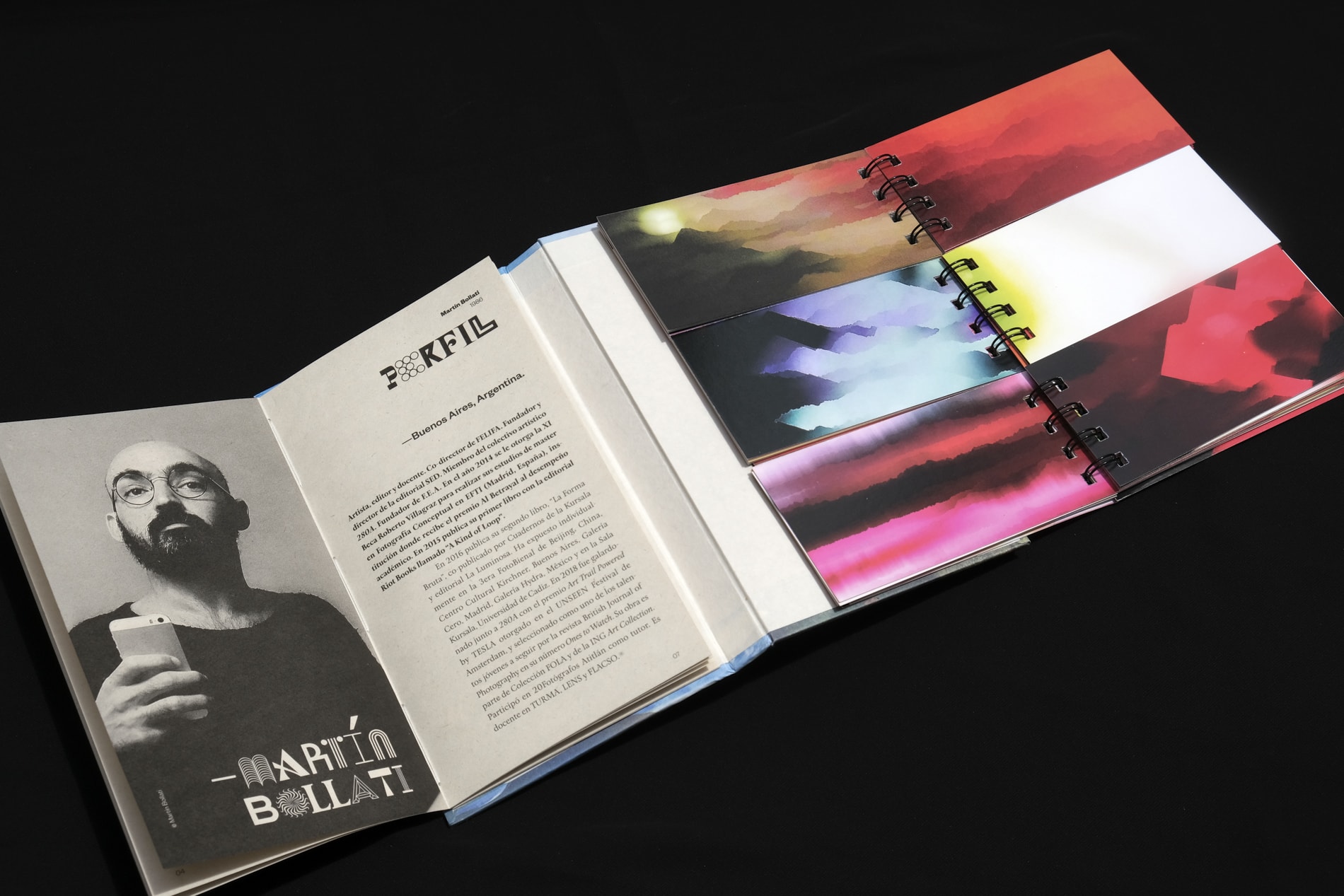
It interests me that the books are an invitation to discovery. I am interested that the books themselves are participatory, it seems important to me that they have different layers of understanding. A first layer, then you find the exterior from the material, from the visual. That is an invitation to discover what is inside. All books have something, some clue. Somehow there is an invitation for the reader, to convey that experience that the author had when he did his work.
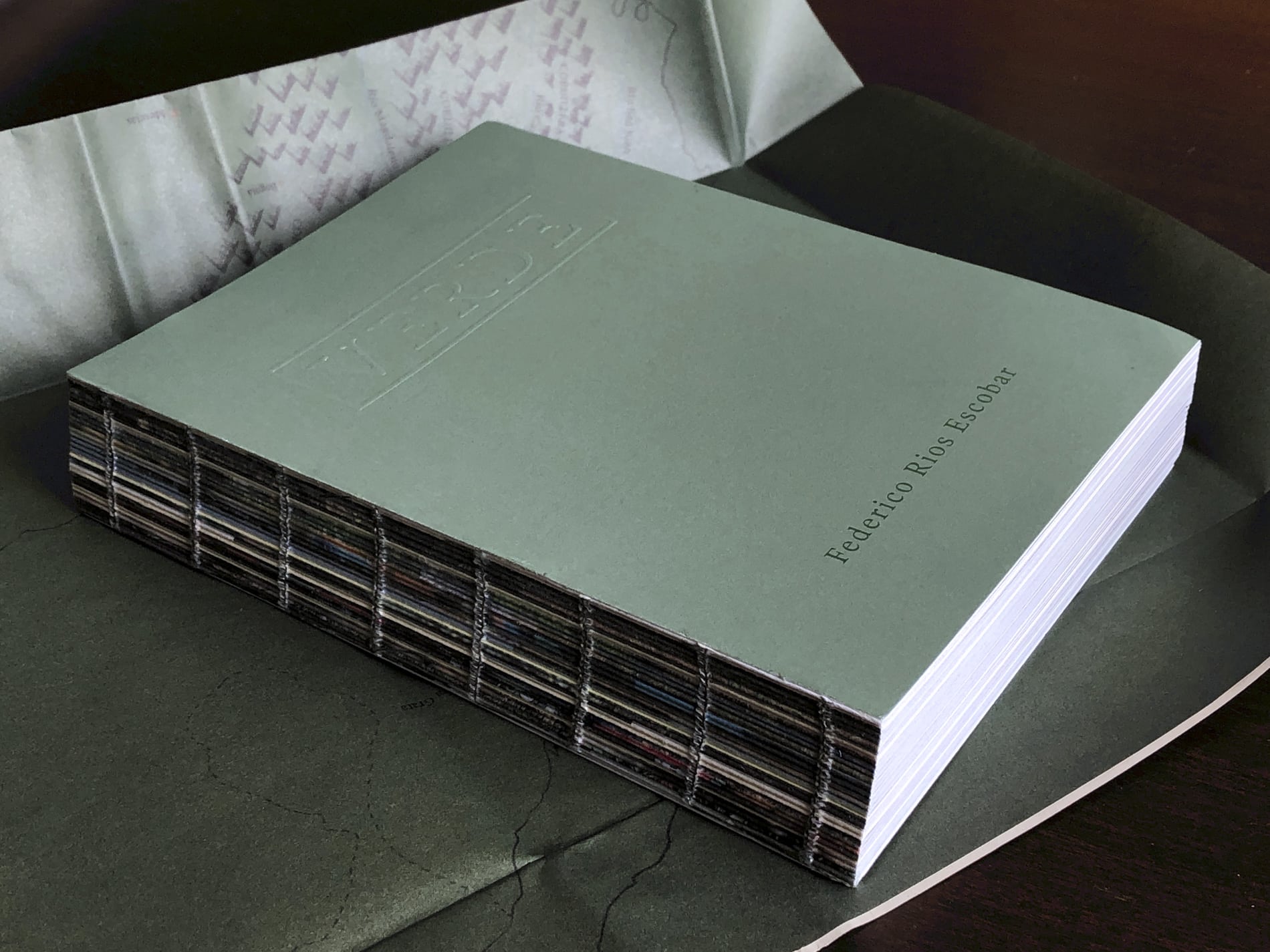
You also think about the relationship with the reader, right?
Yes, that is fundamental. For me, that is part of the work itself. In Colombia, tierra de luz, if you opened all the booklets, in the end, you could put them together and create an image in the center. They are twelve quadrants of a large image of where my uncle was murdered. So there is continuity in that. Or if you think of River, his book has some stickers. It is an invitation to be a child again, let’s say. That you can stick the stickers on the book. In that small gesture of tearing and sticking it, a world of memories and memory may open up. A little freedom: what if there is a little more action on the books?
